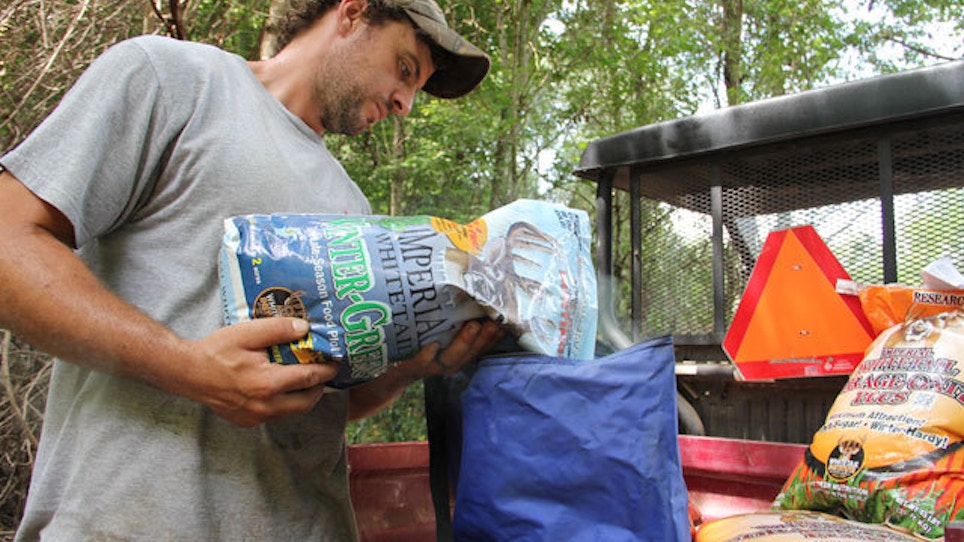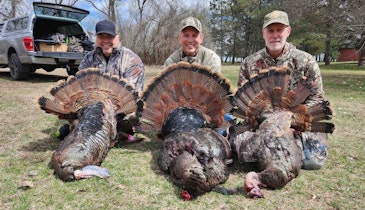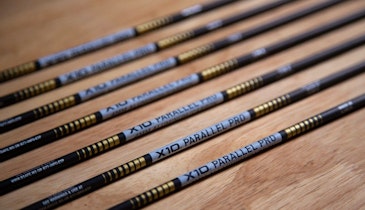If one type of plant draws deer, will two or three varieties draw more deer? Not necessarily, but plots with more than one type of plant do have distinct advantages, says QDMA outreach and education director Kip Adams.
“They give the deer more choices and one plant may be mature in the early season while another plant matures later,” says Adams. “That will keep deer coming back to your plots.”
Whitetail Institute vice-president Steve Scott agrees. He says blends are also a good choice because some plants tend to withstand severe weather conditions better than others. Shallow-rooted plants like clover can go dormant during a dry spell, but plants such as alfalfa and chicory will stay vibrant. What you blend is simply a matter of what you buy, but if you aren’t sure, there are dozens of commercial blends available. They take the guesswork out of it. Whitetail Institute, for example, sells at least 10 types of blends, including annual and perennial blends.
Another advantage of blends is that some plants actually feed the other plants. Clover, for example, “fixes” nitrogen into the soil. Nitrogen is an important food for grasses, including wheat and oats. Adams often sows wheat into his clover fields because it doesn’t require any additional fertilizer and it provides another choice for his deer. The clover may go dormant during the winter, but the wheat stays green and offers an attractive food choice for deer.






